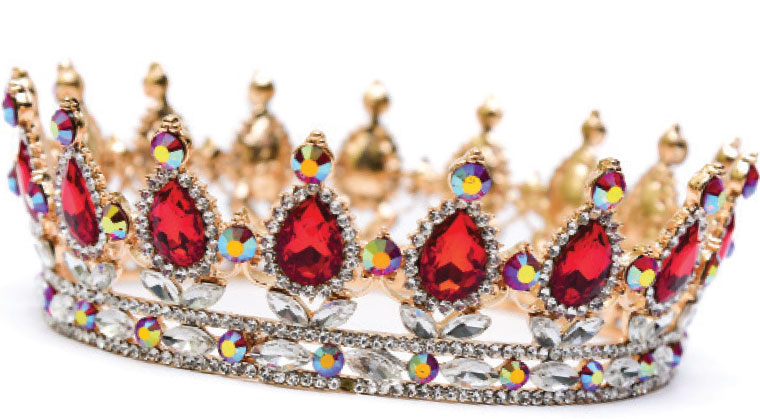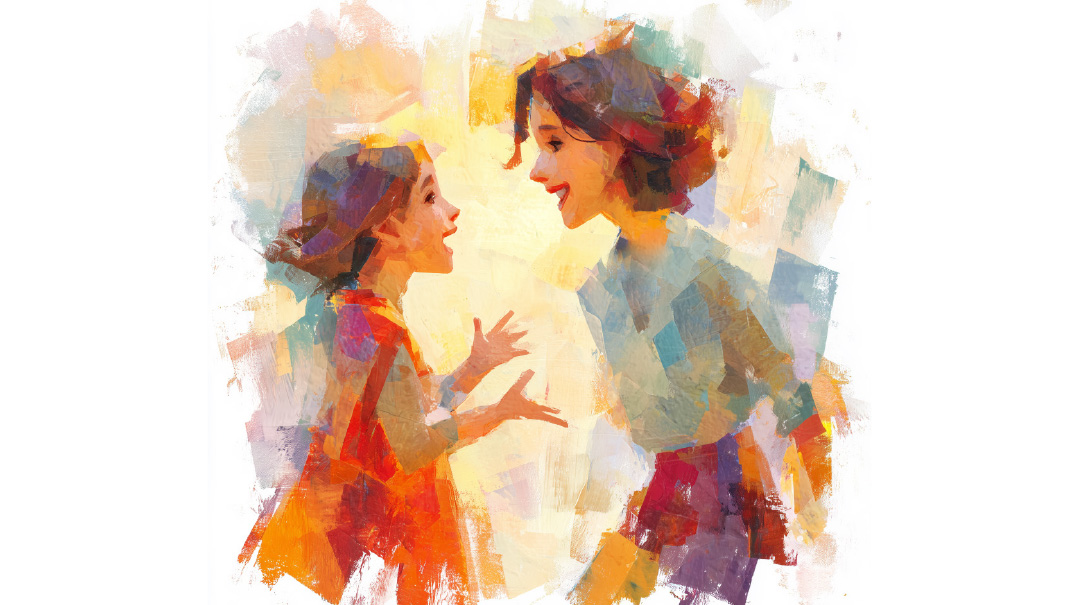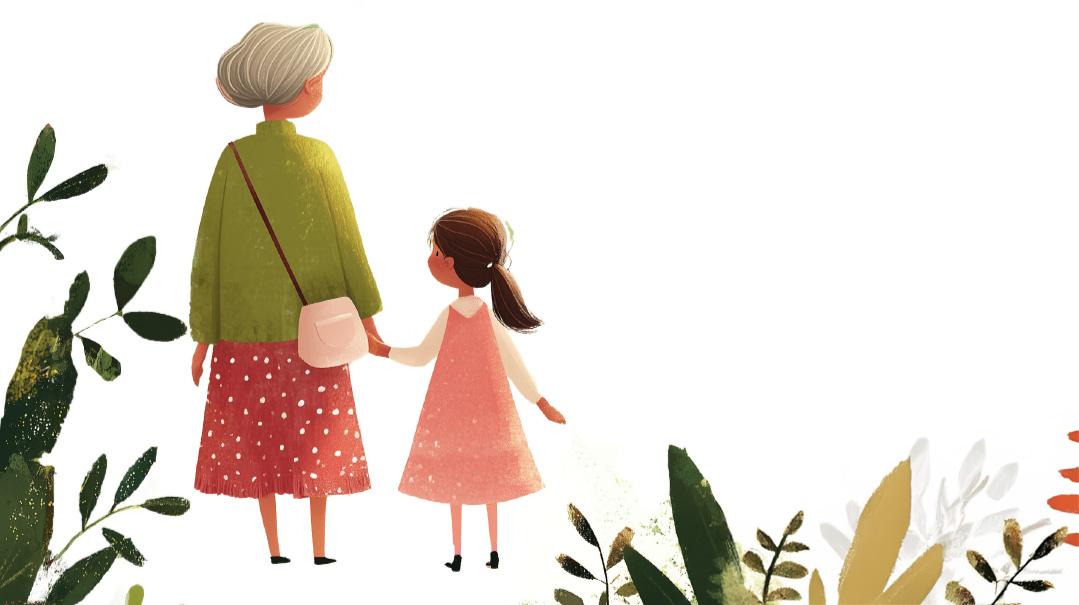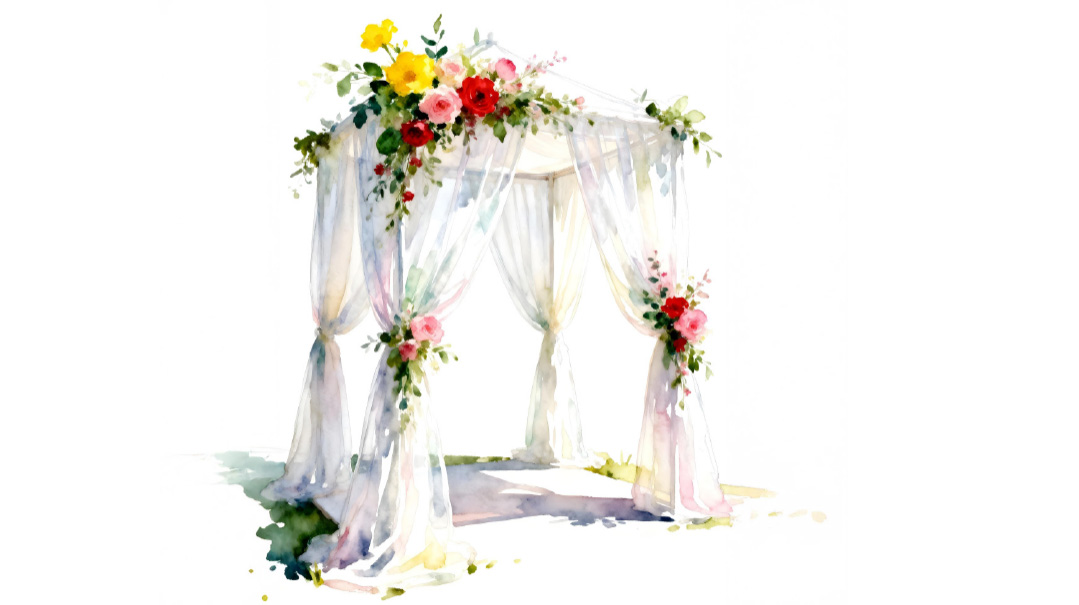“O” is for “OMG!”

Yes, they had heard the Purim story. No, they would not be keeping Purim — at least not in the traditional way

S
ometimes, it’s hard not to smile.
My brother is regaling me with tales of Adventures in Kiruv 101. He’s sent on outreach missions all over. Sometimes, he’s called in to teach. It’s never prearranged and always brings surprises.
In one class, when asked if they knew any songs about Purim, the students looked at each other blankly, until one bright spark suggested Mah Nishtanah — which they belted out with cheerful disregard to my brother’s expression.
I chuckle, but the humor is swallowed by profound sadness. I think of eager eyes and open minds and the vast pit of emptiness that might never be filled. Imagine a Jewish child with no concept of the wise Mordechai, the courageous Esther. With no heroes in purple robes and golden crowns and diamonds and beauty and faith and G-dliness.
A few days before Purim, my brother was asked to teach a group of boys. Yes, they had heard the Purim story. No, they would not be keeping Purim — at least not in the traditional way. No, he could not have a few minutes to sit down and prepare.
So he takes them outside, sits them on benches, waits for expectant quiet.
They play a game: He says a letter, they have to think of something to do with Purim using that letter. A is for Ahasuerus, B is for Bigsan, C is for Crown or Costume (sorry, little boy in the red shirt, but King begins with a K).
The game is slow going. Along the way, my brother attempts to fill in the gaps in the children’s knowledge. M is for Megillah, yes, but it is also for Mitzvah, and did you know there are four mitzvot on Purim? The boys look blank; one suggests that wearing a Mask might be one of them. He hastens to clarify, and soon Charity, Food gifts, Meal, and a couple of strange-sounding words — Mishloach Manot — are added to their Purim vocabulary.
When they reach the letter “O,” there’s an extended silence, until a boy on the center bench raises his hand. Dark, close-cropped curls, tanned skin, big eyes.
“Ohmigosh,” he says. “That’s what I thought when I heard the Purim story.”
“Can you explain what you mean?”
He’s 11 years old and utterly serious. “Yesterday, another teacher told us the story of Purim. I never heard it before.” He swallows. The other children nod along; for many of them, the story was new, too.
“When I heard the story, how Haman sent out decrees to kill the Jews, I really thought the ending of the story would be that they all died. I didn’t understand how anything could change. And then the teacher told us how it ended.” His dark eyes are aflame. “That Esther went to the king. How Haman was embarrassed and hanged. How the king agreed to send a new decree. OMG! I couldn’t believe it. That was such an awesome ending! I was so happy. And that’s my ‘O’ word for Purim.”
He won that round. (Excerpted from Family First, Issue 581)
Oops! We could not locate your form.







